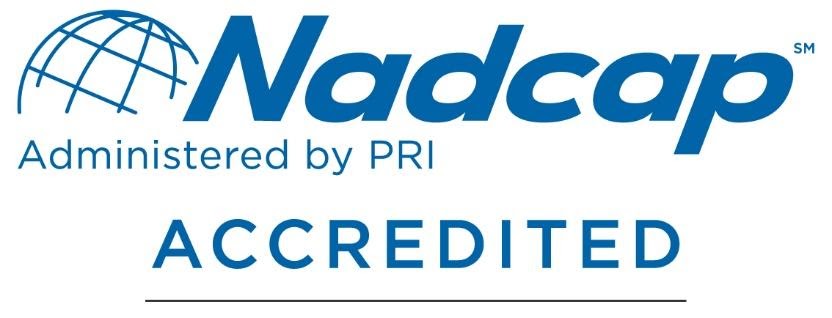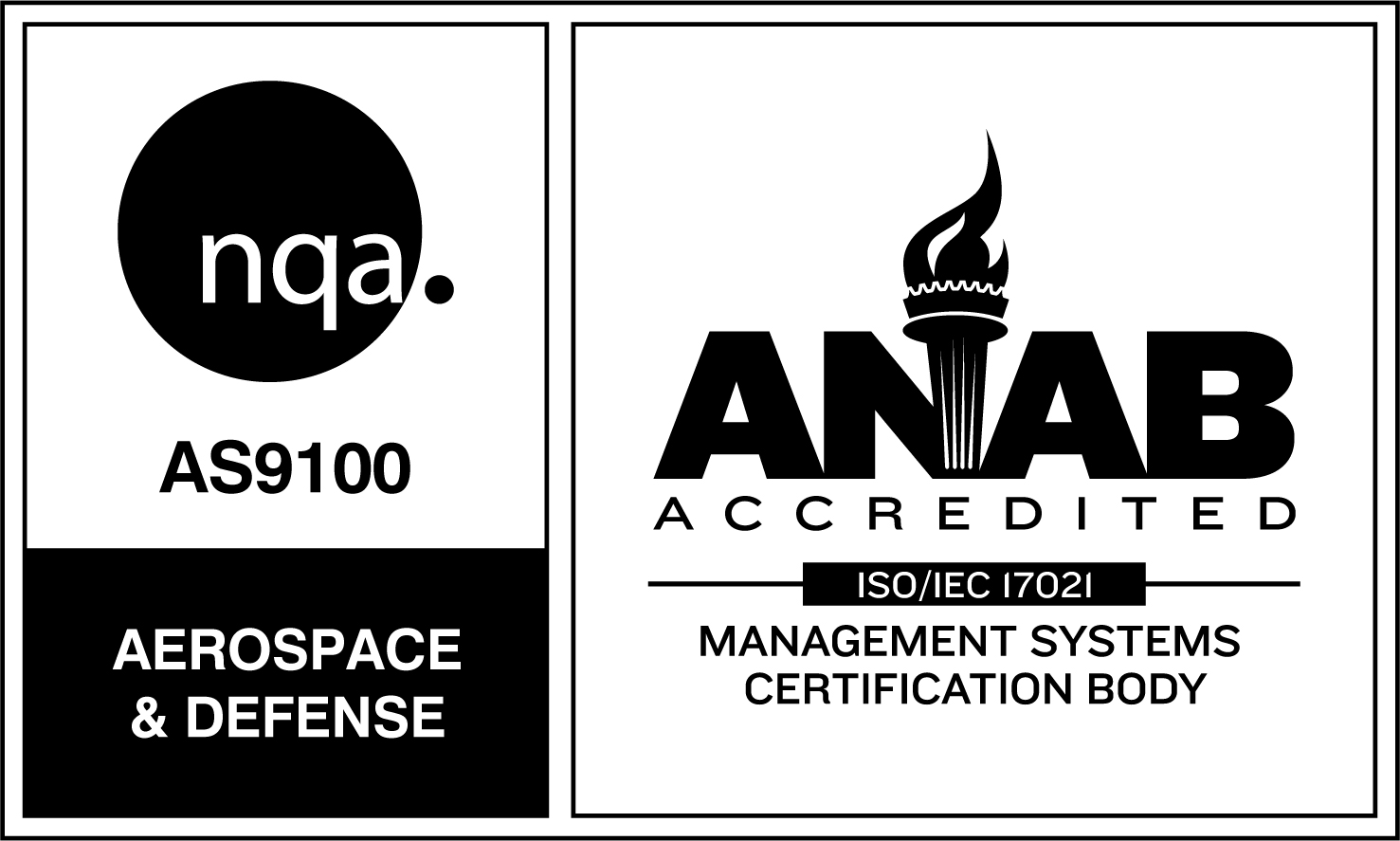NASA is getting ready to send astronauts to the moon once again, with sights on a future Mars mission. Work is underway to build the Space Launch System (SLS), which will be the world’s largest and most powerful launch vehicle. Like every space exploration project that has come before it, the SLS is an engineering marvel, with highly refined design and material demands. Earlier this month the SLS achieved a significant milestone with the assembly of four-fifths of the SLS core stage. Thermal-Vac is proud to contribute its specialized technical capabilities and unique experience to the SLS project and NASA’s effort to get back to the moon in the 2020s and eventually send human explorers to Mars.
The SLS heat shield relies on Thermal-Vac expertise
Thermal-Vac’s team is working on two critical components of the SLS. The first is the module’s heat shield. The heat shield fits inside the interpropellant plate, or IPP, of the rocket motor, and stops hydrogen embrittlement during launch. The shield itself is made up of multiple layers of screen that are diffusion bonded, formed, and precision cut with 600 holes.
Building the heat shield is a tricky process. The critical dimensions in the heat shield blueprints are reference-only, which means that the heat shield is required to be made as a custom part that must be fine-tuned to the tooling and check dimensions of the rocket motor. The part requires extensive work, with over 49 hours in the furnace and 60 to 70 hours of outside processing before it can be installed. In essence, Thermal-Vac is building the heat shield by hand. Thermal-Vac is uniquely positioned to do this work, having built heat shields for the Space Shuttle program.
Nickel plating to an exacting standard
Another critical component of the SLS that Thermal-Vac is proud to be working on is the highly engineered tubes that will form the skirt at the business end of the RS-25 engine. The SLS will feature four Aerojet Rocketdyne RS-25 engines, an evolution of the engine used on the Space Shuttle. Combined, the four RS-25 engines of the SLS will produce around two million pounds vacuum thrust.
Given the heat, pressure, and raw power that the rocket skirts will handle, getting the skirt tubing materials just right is critically important. Aerojet Rocketdyne has specified exacting tolerances for the plating work that Thermal-Vac is doing on the tubes. Thermal-Vac’s unique capabilities make it possible for us to nickel plate the 10-foot-long tubes with an even, 1/10,000ths (0.0001) of an inch plating thickness. Developing these capabilities has taken Thermal-Vac’s team a lot of hard work, and we’re glad it is paying off.
Thermal-Vac is a leading service provider to the aerospace industry
The SLS is a massive project, involving five prime contractors and over 3,800 suppliers. As a leading provider of precision brazing, plating, and heat-treating services in Southern California, Thermal-Vac is proud to be part of our country’s renewed efforts to explore space. Our expertise is available to businesses in aerospace, defense, medical devices, and other industries with exacting demands. To learn more, call us at (714) 997-2601.


